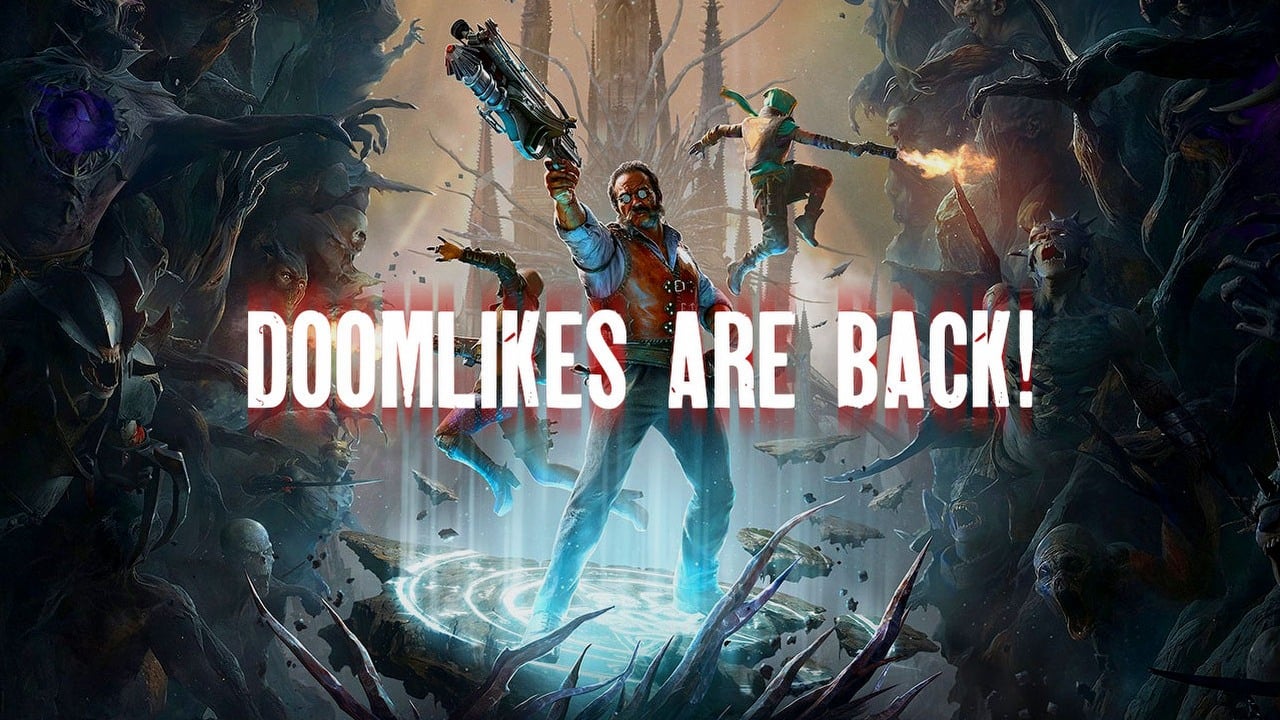
The game developed by Adrian Chmielarz and People Can Fly studio, famously known as Painkiller, was initially highly successful and acclaimed, outperforming games such as Doom 3 and Half-Life 2 to win the title of FPS (First Person Shooter) of the year in an American magazine in 2004. Reviews and player feedback were generally positive. However, over the years, several DLCs were introduced, and in 2012, a combined remake and sequel titled Hell & Damnation was released.
the main novelty in the Painkiller reboot is the inclusion of a cooperative mode. Don’t let this deter you if you prefer solo play; you can indeed advance through the levels by yourself as well. Initially, I was uncertain about it, but once I gave it a try, battling demons proved to be increasingly enjoyable with each passing moment.
Dude, this purgatory is pretty cool
Initially, I found it challenging due to the casual, informal tone and the prevalence of “homie” vibes in the game’s prologue, which wasn’t quite my preference. However, in games like this, the story isn’t usually crucial, but the original tale of Daniel Garner and his wife Catherine added a layer of atmosphere that made the overall experience more engaging. The reboot brings us back to purgatory with the objective of halting the hordes of Azazel, but this time we have a lively quartet of characters who seem to have woken up with a hangover after a wild party and are now compelled to slay demons. There are also some humorous dialogue snippets directed at the narrator-archangel, such as “listen dude.
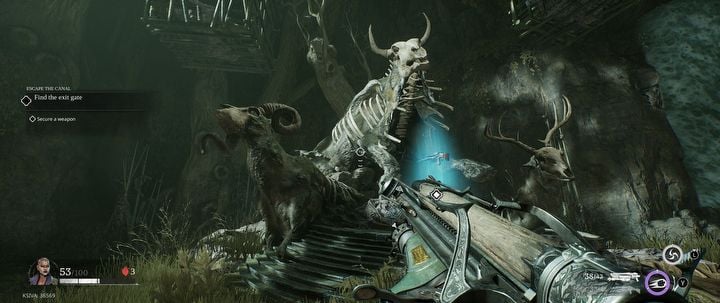
Initially, my idea seemed like swapping Doomslayer in Hell with the Saints Row crew and Left 4 Dead survivors. However, upon reflection, I found that this decision might not be as unreasonable as initially thought since it helps preserve the game’s consistency, especially considering its co-op mode focus. In the co-op setting, interactions between friends, jokes, and frequent comments are common, so maintaining a similar tone in single-player makes sense to create a seamless experience. Consequently, there would be no distinction between solo or co-op gameplay; both modes would share the same engaging atmosphere.
Additionally, no one would grumble about disturbing their gaming immersion because of the similarities between modes. The voice acting of our guide, Archangel Metatron, is excellent and worth paying attention to regardless of the chosen gameplay mode. Unfortunately, I feel that a more humorous approach to the storyline could have made the overall experience cohesive and even more enjoyable.
Coop, which works in single-player
Regardless of whether we’re playing solo or with others, our team is always composed of top-tier bots. These aren’t ordinary bots; they can hold their own in combat, taking down enemies and even reviving us if we fall in battle. They also distribute ammo and health for us to collect, and through a ping system, they can collaborate effectively on common co-op tasks like activating gates in distant locations. What’s more, when there’s no immediate action needed, they don’t just stand idle like statues. Instead, they move around the map, running, jumping, or even engaging stray enemies – behaving much like real players would in a cooperative game mode!
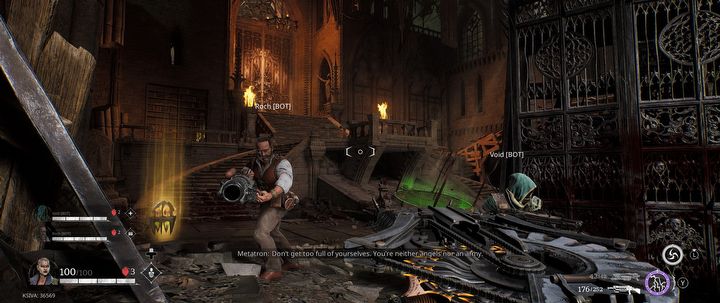
The team requires three individuals, and among our available options are four characters: the enigmatic figure known as Void, sporting a hood; Roch, with his gray beard; and two young women named Sol and Ink. Each character comes equipped with an initial advantage, such as increased health, ammunition, or enhanced damage output. Notably, there aren’t significant differences between them in terms of abilities, but you can customize their weapons and perks. Additionally, during the demo, no costume or skin options were noticed.
Telling fortunes
In simpler terms, using Tarot cards can help make challenges in Purgatory a bit less daunting as they act as bonuses. However, there are 44 of them and after learning their roles, it seems that many are just included to increase the number, not improve the quality – similar to enhanced items in multiplayer online games. While some cards offer straightforward benefits like restoring your health completely upon resuscitation, others have complex effects such as taking more damage from bullets when health drops below 30%, but only for a short time of 5 seconds. Given the fast-paced gameplay, these subtle details might be hard to spot. I’d rather have fewer cards with clearer, more noticeable effects instead.
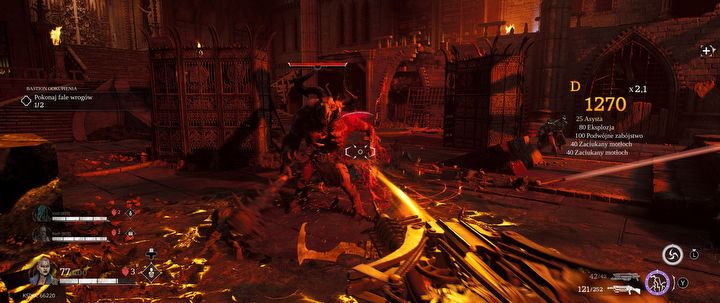
As a fan, I find it fascinating how these cards offer a unique, single-use advantage for each raid. We get to pick a particular benefit for a specific mission, but once utilized, the card is spent. To refresh our collection, we can draw three random cards from the entire deck, ensuring we don’t repetitively choose the same perks and sometimes forcing us to play without any cards at all. The gold earned from these missions will be invaluable for acquiring and enhancing weapons.
Essential gear undeniably includes the Painkiller, a title-bearing weapon known for its rotating blades that obliterate enemy groups while simultaneously providing ammunition for other firearms. Additionally, there’s a versatile nail gun with a grenade launcher option, a shotgun, a shuriken thrower, a revolver creatively named the cannon, a rocket launcher, and even a machine gun – an unprecedented addition to this series. While this arsenal might seem commonplace, it’s given a “demonic” twist; moreover, some of these weapons are innovative reimaginings of originals.
Each weapon boasts a secondary mode and can attack with one of three elements: fire, electricity, or ice. Although these features may not be entirely novel, when combined with Tarot cards, weapon enhancements, and the vulnerability of different enemies to specific elements, it results in an intriguing variety and allows for customization of preferred combinations.
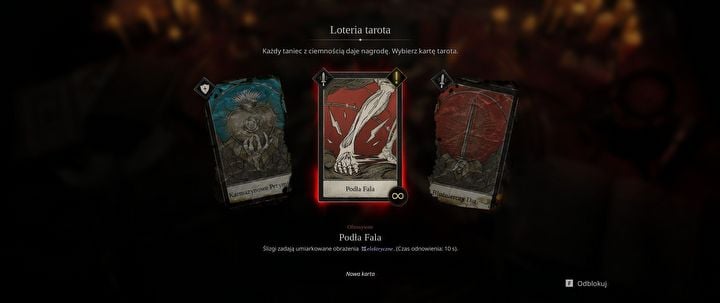
Fast, brutal bloodbath
In this game, the gameplay is incredibly enjoyable due to its swiftness, fluidity, and brutal intensity. It’s devoid of any elaborate features like pole parkour or fighting green slimes. I’ve only experienced a portion of it so far, but in the demo, we could complete the prologue and two maps, which resembled raids, with the second location concluding at a crucial point – right before the boss battle.
The game locations are incredibly atmospheric, reminiscent of those seen in ‘Doom: The Dark Ages’. They blend Gothic aesthetics with a touch of hell. Each map has tranquil zones where you can collect resources and gold, followed by arenas where your skills are tested to the limit.
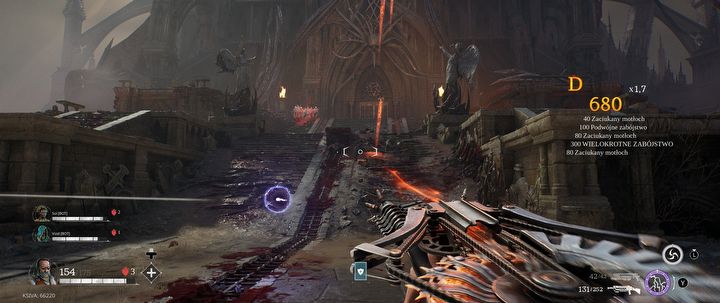
In the demo version, there were two main tasks at these spots: either fending off waves of adversaries or a more creative option, where we had to collect enemy blood in barrels by killing them nearby. We then needed to transport the filled barrel and position it at the specified spot, which was also a part of the mini-storyline in that location. I’m looking forward to encountering similar challenges in different locations, including those that necessitate teamwork. The maps will feature trampolines that propel us high and airborne skulls that trigger grappling hook lines. This adds a vertical aspect to the locations, encourages exploration, but doesn’t require constant jumping during combat, unlike in Doom Eternal. The length, player count, mini-storylines, and shooting mechanics of the missions in the new Painkiller game resemble the Strike activity in Destiny. To be honest, I’m really excited to see what’s next, particularly the boss battles.
Return of Painkiller and not only
It’s important to note that this budget isn’t comparable to the one for id Software games, which is evident in both gameplay and visual quality. For instance, the enemy animations could use some refinement, as they often appear clumsy. The variety and design of enemies in these two missions were not particularly striking, leaving me feeling like I was battling amorphous blobs of demonic substance rather than distinct opponents. Similarly, while the voice acting is slightly better than the graphics, it doesn’t stand out significantly.
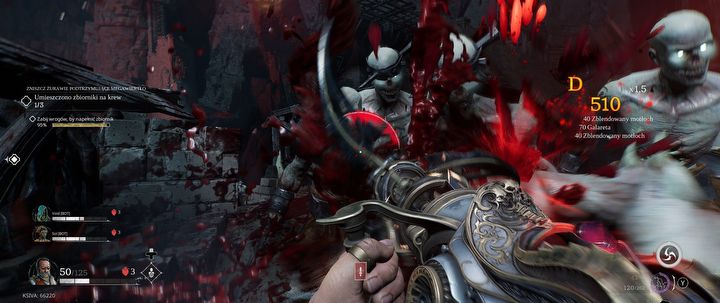
Despite some concerns about the locations, they are compensated by their impressive design and ambiance. The lighting is particularly well-done; it’s dim yet clear enough to see everything. Paired with a heavy metal soundtrack and engaging gunplay, it suggests a high-quality AA shooter that will appeal to both cooperative mode enthusiasts and single-player focused gamers alike. From what I’ve seen so far, it seems unlikely to be a budget version of “Doom,” but rather one of the intriguing “Doom-like” games. Given these aspects, reviving this antique term appears quite fitting!
Read More
- Who Is Harley Wallace? The Heartbreaking Truth Behind Bring Her Back’s Dedication
- Basketball Zero Boombox & Music ID Codes – Roblox
- 50 Ankle Break & Score Sound ID Codes for Basketball Zero
- TikToker goes viral with world’s “most expensive” 24k gold Labubu
- Revisiting Peter Jackson’s Epic Monster Masterpiece: King Kong’s Lasting Impact on Cinema
- 100 Most-Watched TV Series of 2024-25 Across Streaming, Broadcast and Cable: ‘Squid Game’ Leads This Season’s Rankers
- 50 Goal Sound ID Codes for Blue Lock Rivals
- League of Legends MSI 2025: Full schedule, qualified teams & more
- KFC launches “Kentucky Fried Comeback” with free chicken and new menu item
- All Songs in Superman’s Soundtrack Listed
2025-07-24 16:02